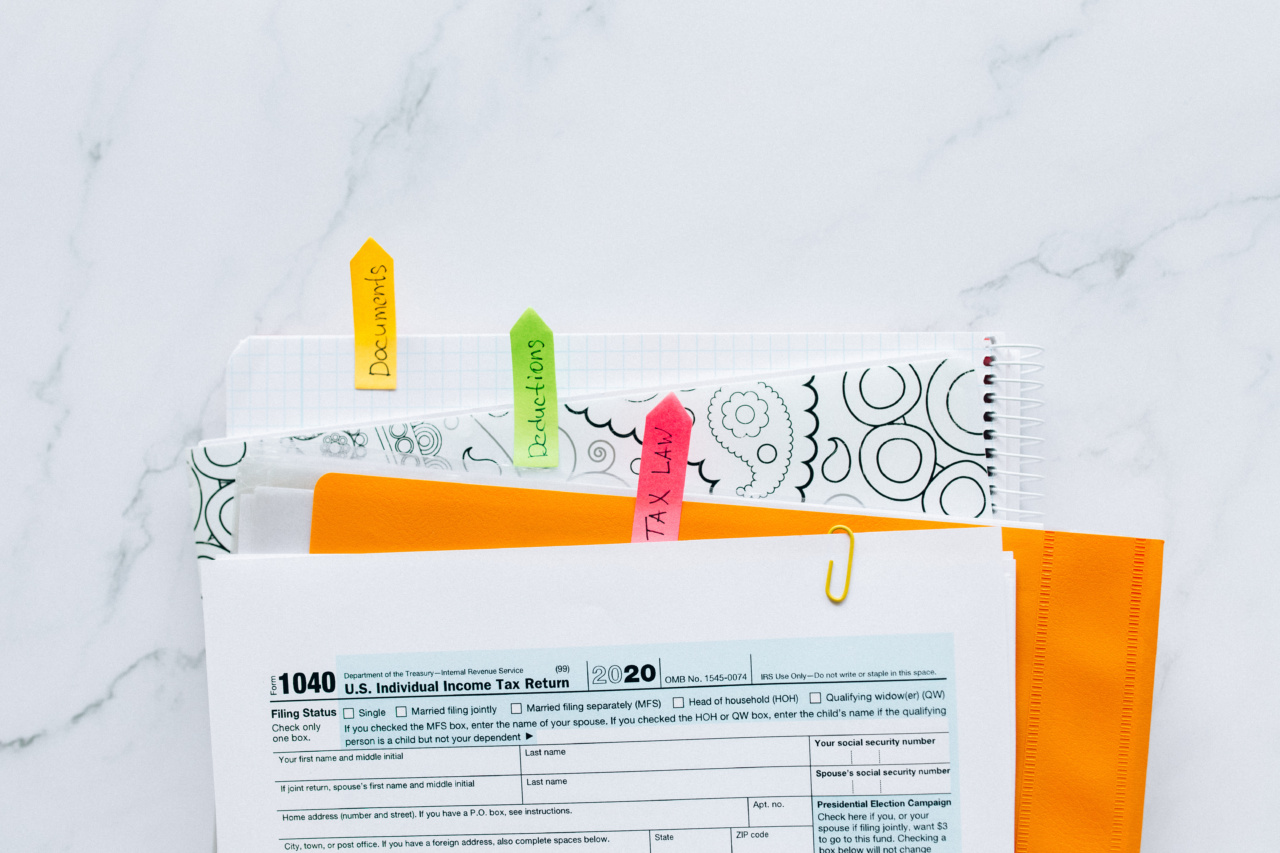What time of year makes us feel the happiest? This is a question that has intrigued researchers and individuals alike for a long time.
Throughout the year, different seasons bring their own unique characteristics and events that can impact our mood and overall well-being. In this article, we will explore the various seasons and their potential effects on happiness levels. Let’s delve into the different times of year and analyze their impact on our happiness.
Spring – A Season of Renewal
Spring, often referred to as the season of renewal, is characterized by blooming flowers, warmer weather, and longer daylight hours. After the cold winter months, the arrival of spring can bring a sense of rejuvenation and optimism.
The increased exposure to natural light and the blooming of colorful flowers can have a positive impact on our mood and overall happiness levels. Additionally, the opportunity to engage in outdoor activities such as picnics, gardening, and hiking can contribute to increased happiness and a sense of well-being.
Summer – Fun in the Sun
With the arrival of summer, the days become even longer, and the weather gets warmer. Many people associate summer with vacations, relaxation, and spending time outdoors.
The opportunities for swimming, sunbathing, enjoying barbeques, and participating in various outdoor recreational activities are endless during this season. The relaxed and carefree atmosphere of summer can evoke feelings of joy, happiness, and freedom.
Fall – A Season of Change
Fall, also known as autumn, brings a change in scenery as leaves turn vibrant shades of red, yellow, and orange. The cool, crisp air and the earthy aroma of fallen leaves can create a sense of tranquility and nostalgia.
Fall often symbolizes change and new beginnings, as students return to school and people adjust to a busier daily routine. The opportunity to engage in activities such as apple picking, hiking, and enjoying pumpkin-spiced treats can add to the happiness and contentment associated with this season.
Winter – A Time for Coziness
Winter, the coldest season of the year, is often associated with holidays, snowfall, and cozying up by the fireplace.
While the colder temperatures and shorter daylight hours may affect some individuals negatively, winter also offers its own unique pleasures. Building snowmen, skiing, ice skating, and enjoying warm beverages can all contribute to feelings of happiness and comfort during this season.
The holiday festivities and the joy of spending time with loved ones can also greatly enhance our overall happiness levels.
Factors Influencing Seasonal Happiness
While each season has its own distinct characteristics that can impact our happiness levels, the subjective experience of joy can also be influenced by various individual and cultural factors.
Personal preferences, childhood memories, cultural traditions, and even geographical location can shape our perception of which time of year brings the most happiness. For some individuals, the festive and vibrant atmosphere of summer might be the happiest time of year, while others may find solace and contentment in the serene beauty of fall or the coziness of winter.
Conclusion
What time of year makes us feel the happiest? The answer to this question may vary greatly from person to person. Spring, summer, fall, and winter each bring their own unique joys and opportunities for happiness.
The season that brings us the most happiness is ultimately subjective and can be influenced by various personal and cultural factors. Whether it is the renewal of spring, the fun in the sun during summer, the change and nostalgia of fall, or the coziness of winter, embracing the specific qualities of each season can help us find happiness and contentment throughout the year.































